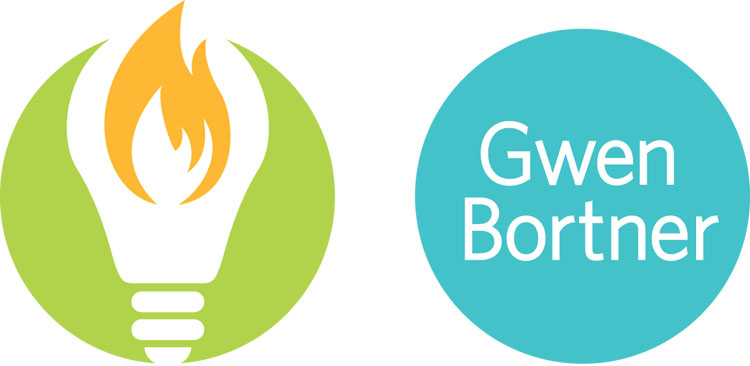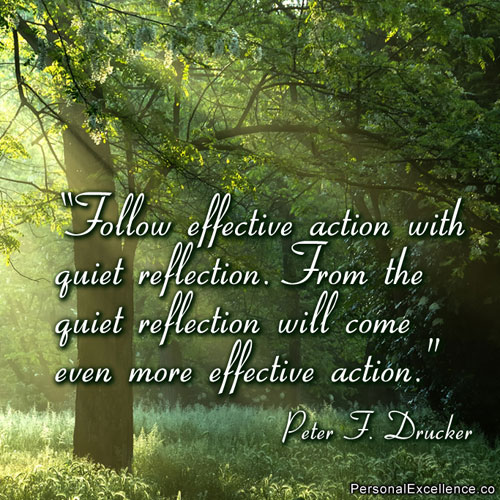Everybody wants to be productive: to get things accomplished both professionally and personally. And there are lots of ideas on the best way to accomplish that goal, but the secret to productivity is different than most people think.
No matter who you are, what you are trying to do or why it is important, the secret to productivity is always the same; that is the beauty of its simplicity. However, acting on the information can be a different story! Highly effective people are often willing to share their tactics for getting so much done, but they almost always miss a fundamental piece of the equation. Their methods work for them, because they understand what works for them! Knowing what drives your choices, decisions and actions means you can use your natural tendencies to be more productive.
The secret is simple: know thyself! But for some folks, this task is much harder than it sounds.
Productivity Drivers
Most folks who care about being productive already are to some degree. They are able to get certain things accomplished on a daily, weekly or monthly basis. The secret is to analyze what drives that behavior:
- Is it a sense of accomplishment?
- Is there an element of obligation or duty?
- Is the idea of “purpose” the key?
- Does scheduling play a part?
- Or is it something else?
In many cases you will find that there are multiple drivers behind your productivity, but to be truly effective you have to identify the primary one. Based on the primary driver, certain tools and tactics for improving your productivity will be more effective than others. Compound this with understanding your best working environment and you quickly begin to develop a highly productive lifestyle.
Some folks are very aware of what drives their specific behaviors. If you are not, the self-analysis piece becomes critical. To determine the key drivers of productivity, walk through the following steps, answering the questions as honestly as possible:
- List your last 10 accomplishments (both large and small).
- For each item, list who benefited and why it was on your list.
- How long were you aware of each item (the time from when you knew about it to getting it done)?
- Make a new list of 10 activities/tasks that need to get done.
- For each item, list who will benefit and why it is on your list.
- How long has each item been on the list to date?
- Compare the two lists to identify similarities and differences to determine your own drivers.
If necessary, repeat this process several times until patterns start to emerge. What is there in common with the things that get done and those that do not? How can this translate into tools and tactics to make you more effective?
Creating a Process
The good news is, once you have a strong idea of what drives your behavior, it becomes easier to determine the methodologies that will leverage those drivers. Then you can focus on those tactics and begin the process of determining which ones will work best for you.
For example, I am accomplishment-driven. So working with a task management system is very effective for me. At the same time, large tasks rarely get completed. I have to break them down into the smallest pieces possible and slowly chip away at the desired outcome. I am much more likely to have a productive day by checking off a few items quickly than starting off with a more challenging item on the list. My life schedule is often in flux, so trying to allocate certain chunks of time to a project rarely works, but starting out each day prioritizing my ongoing list is extremely helpful.
Do I think this methodology will work for everyone? Not a chance! But it probably will work for someone with similar personality and lifestyle traits.
So take the time to “know thyself.” And then find the tools that will enhance your productivity instead of trying to change yourself to work with “latest and greatest” tool.


